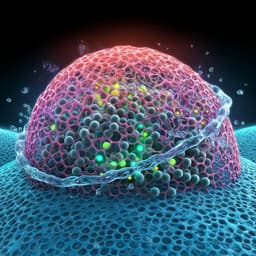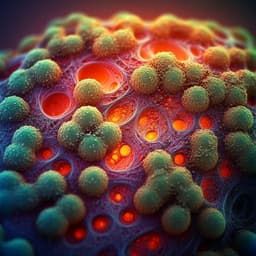
Environmental Studies and Forestry
Lattice distortion SnS₂ piezoelectric self-Fenton system for efficient degradation and detoxification of pollutants
R. Jiang, G. Lu, et al.
Discover a groundbreaking Fe-doped SnS₂ piezoelectric self-Fenton system developed by Runren Jiang and colleagues for treating water pollution. This innovative approach achieves remarkable degradation of rhodamine B while minimizing toxicity in degradation byproducts, showcasing the significant advantages of combining piezoelectricity and self-Fenton technology.
~3 min • Beginner • English
Related Publications
Explore these studies to deepen your understanding of the subject.







